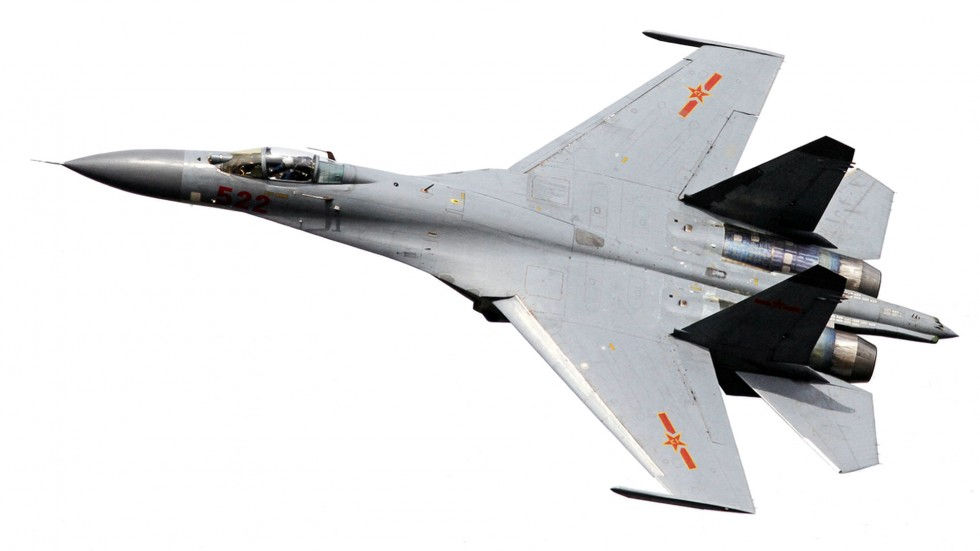China tests stealth ‘invisibility cloaks’ on it's non-stealth fighter jets
- Ken Ecott
- Apr 25, 2018
- 2 min read

China is developing "invisibility cloaks" that could help fighter jets evade radar, the South China
Military experiments with metamaterials designed to fool radars with wave-bending powers but observers say there’s still a long way to go before the technology is ready for the battlefield
China is testing an “invisibility cloak” on non-stealth military jets to help them evade radar detection, according to scientists involved in the project.
If successful, the technology could quickly boost the combat strength of the jets, the researchers say.
But others say the technology was difficult to mass produce, limited to a small range of radar bandwidths and would need to be combined with other devices to be truly effective.
The technology involves the use of a “metamaterial”, a fabricated layer comprising microscopic structures similar to integrated circuits. The metamaterial can alter the way radio waves bounce off its surface to create a ghost image or minimise echo on a radar, helping hide the aircraft in flight with greater efficiency.
‘Really bad news for early warning radars’: Chinese scientists develop ‘invisibility circuit’ for stealth planes
The metamaterial was developed by a research team at the State Key Laboratory of Millimetre Waves in Southeast University in Nanjing, Jiangsu province. It was being tested on aircraft at a major military aircraft production base in Shenyang, Liaoning province, a researcher in the laboratory confirmed.
The researcher declined to name the test site or the aircraft but Shenyang Aircraft Corporation, a subsidiary of the Aviation Industry Corporation of China, builds non-stealth fighter jets, including the J-11 and the J-15.

China’s Carrier-Based J-15 Fighter Jet
Other countries, especially the United States, have also been heavily engaged in the research and development of similar technology to cloak military jets, but there have so far been no public reports on the mass application of such metamaterials overseas.
Within China, the government has funded dozens of research teams over the years to develop the technology to hide objects from view and make them “disappear”. Recent Chinese reports suggested that they were starting to develop the mass use of metamaterials on the mainland.
“This is the beginning. More [applications] are on the way,” the researcher said, without elaborating.
The laboratory is China’s leading institute on metamaterials research and its defence applications.
A team led by Professor Cui Tiejun developed the world’s first programmable metamaterials that could change their physical properties in response to electric currents.







Comments